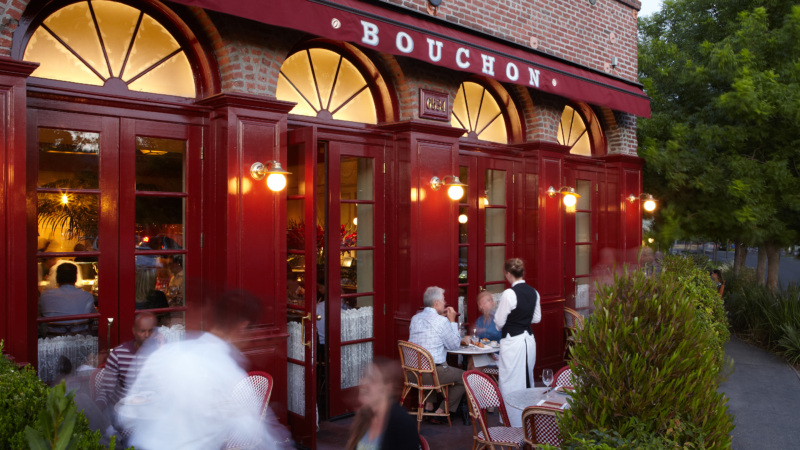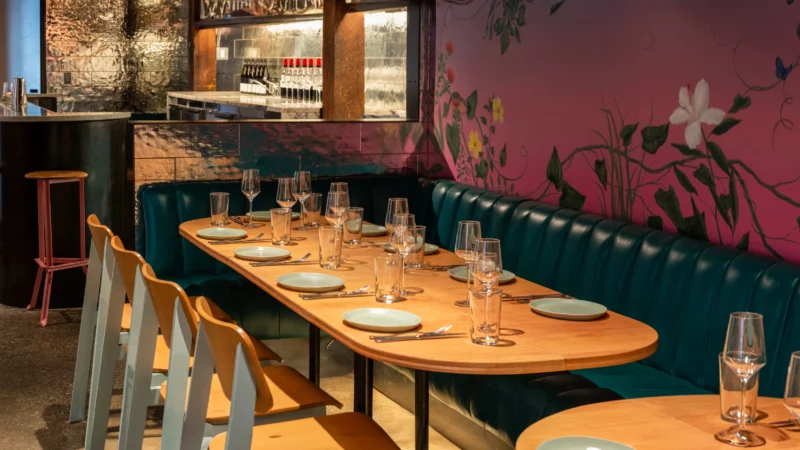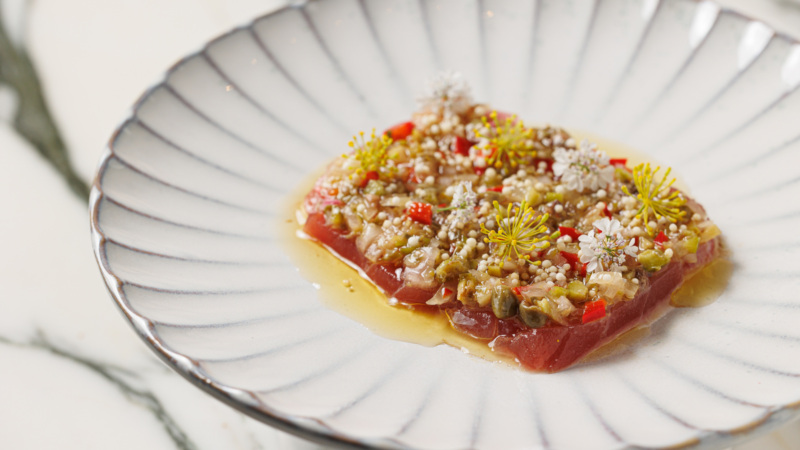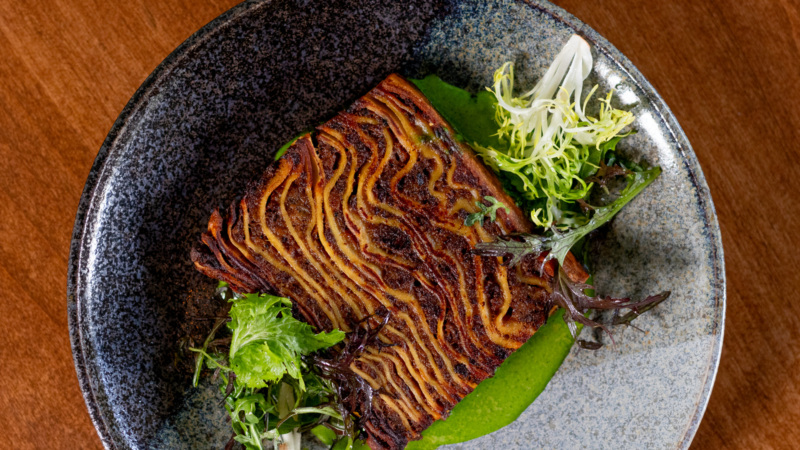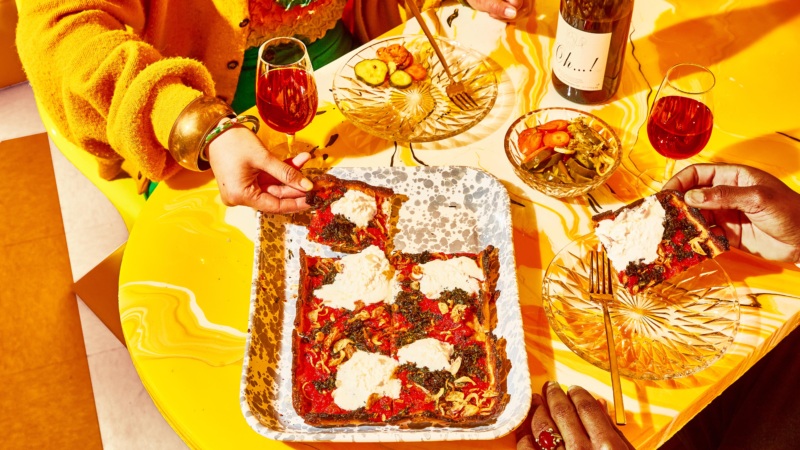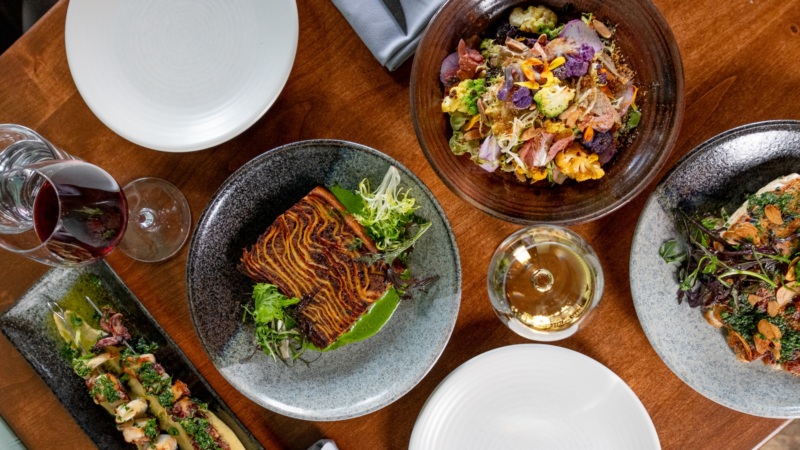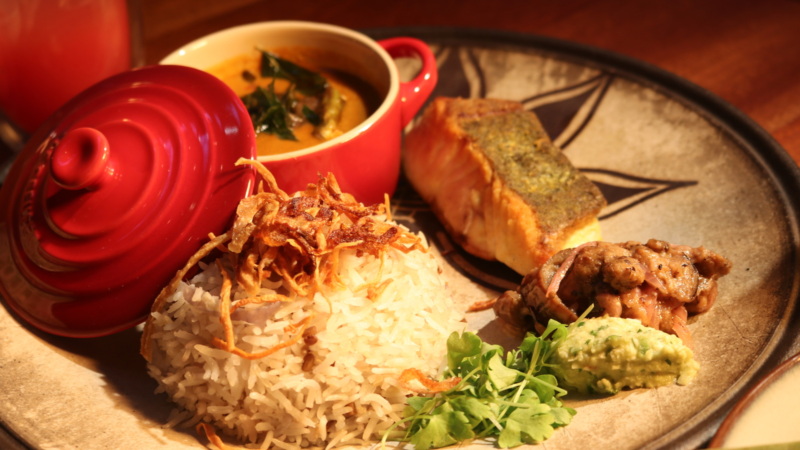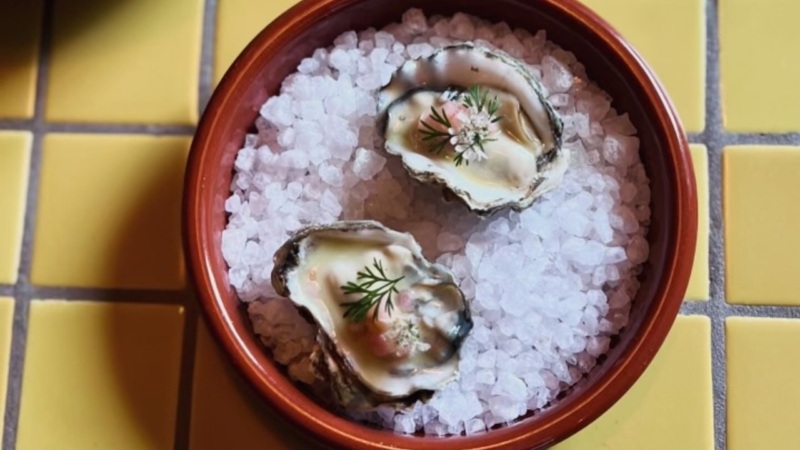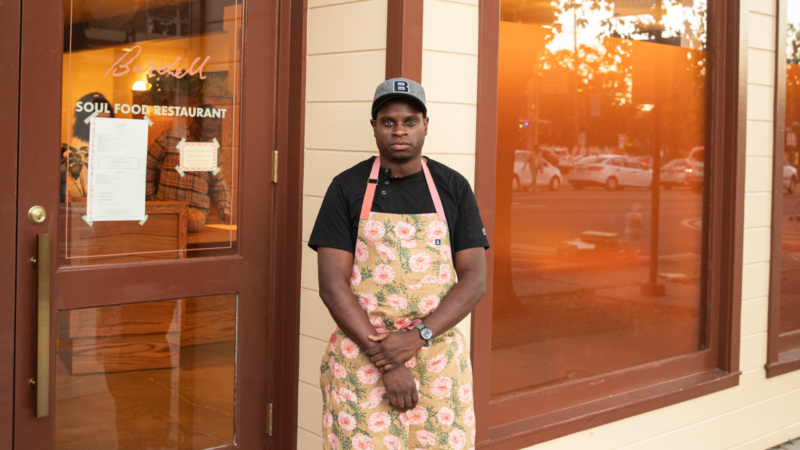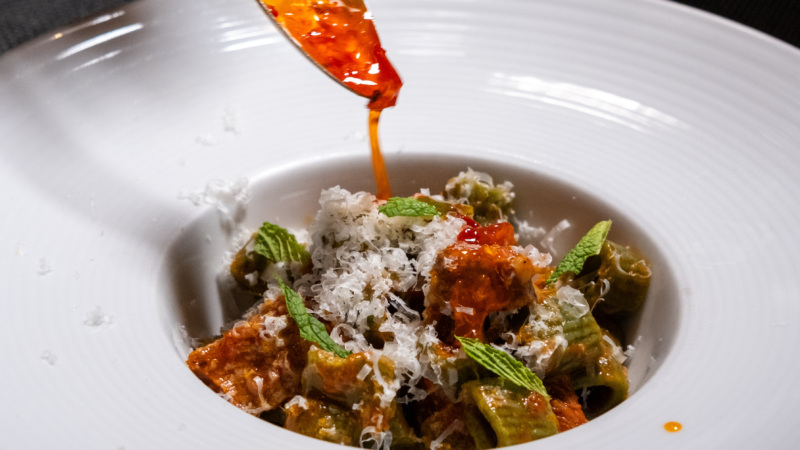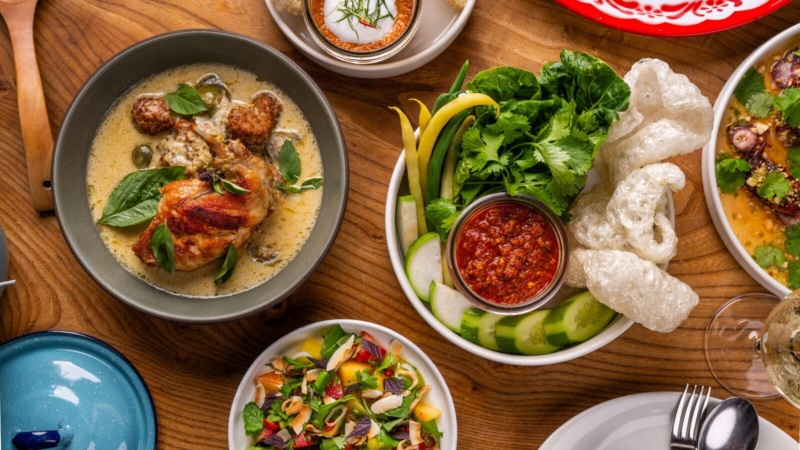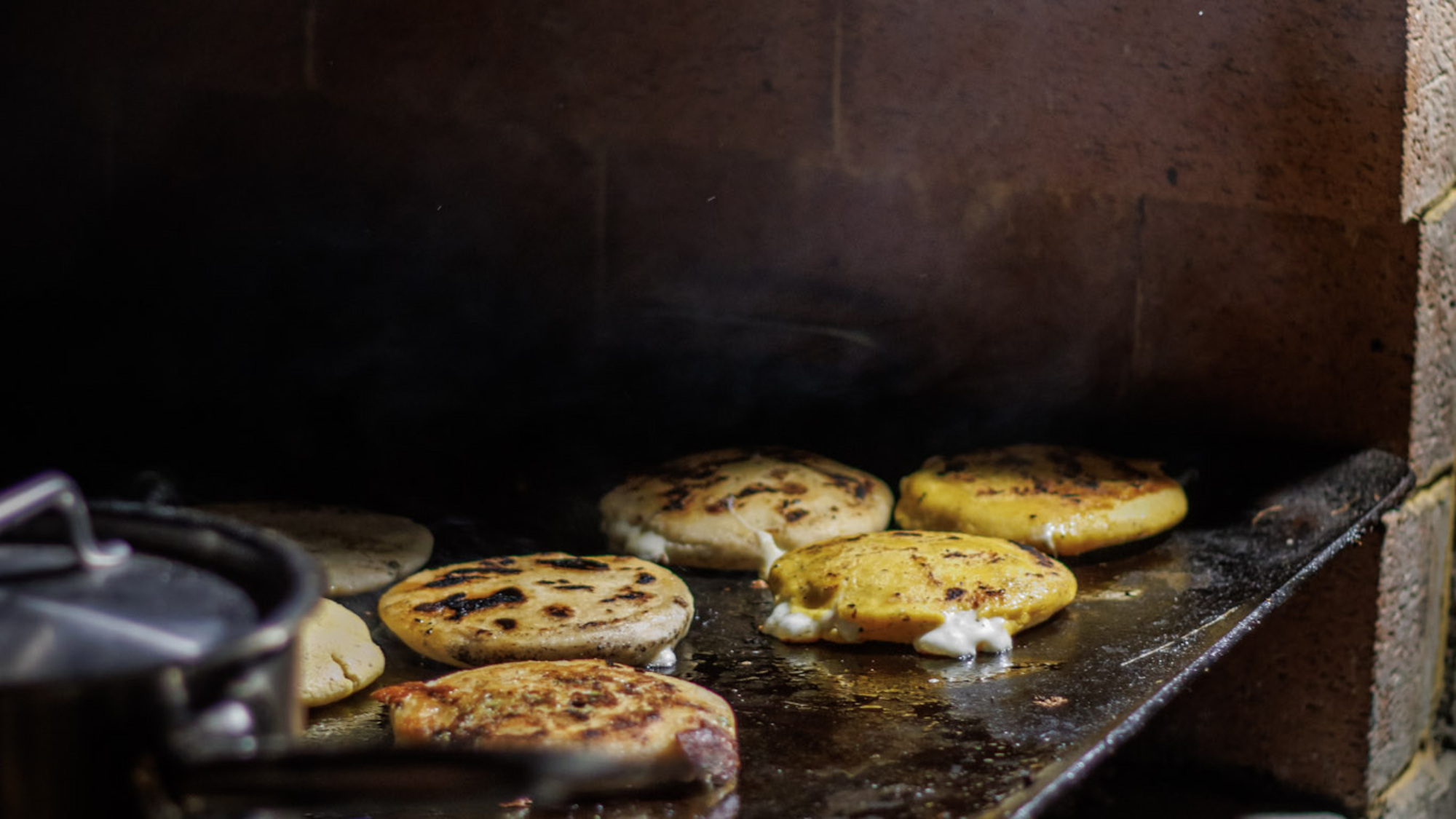
Dish By Dish San Francisco Oakland
What to Order on the Menu at Oakland Standout Popoca
Say hello to Popoca, the new Salvadoran restaurant from chef Anthony Salguero, now open in downtown Oakland, across the street form Swan’s Market on Washington Street. Here, Salguero, a veteran of Saison and Commonwealth (RIP), adds his cheffy techniques and California ingredient-driven ethos to the Salvadoran fare he grew up eating here in the Bay: “I grew up here — I’m not traditional,” says Salguero. “I try and make the food as close to who I am as possible.”
The below is a closer look into some of the essential must-orders at Popoca, dish-by-dish. Right this way.
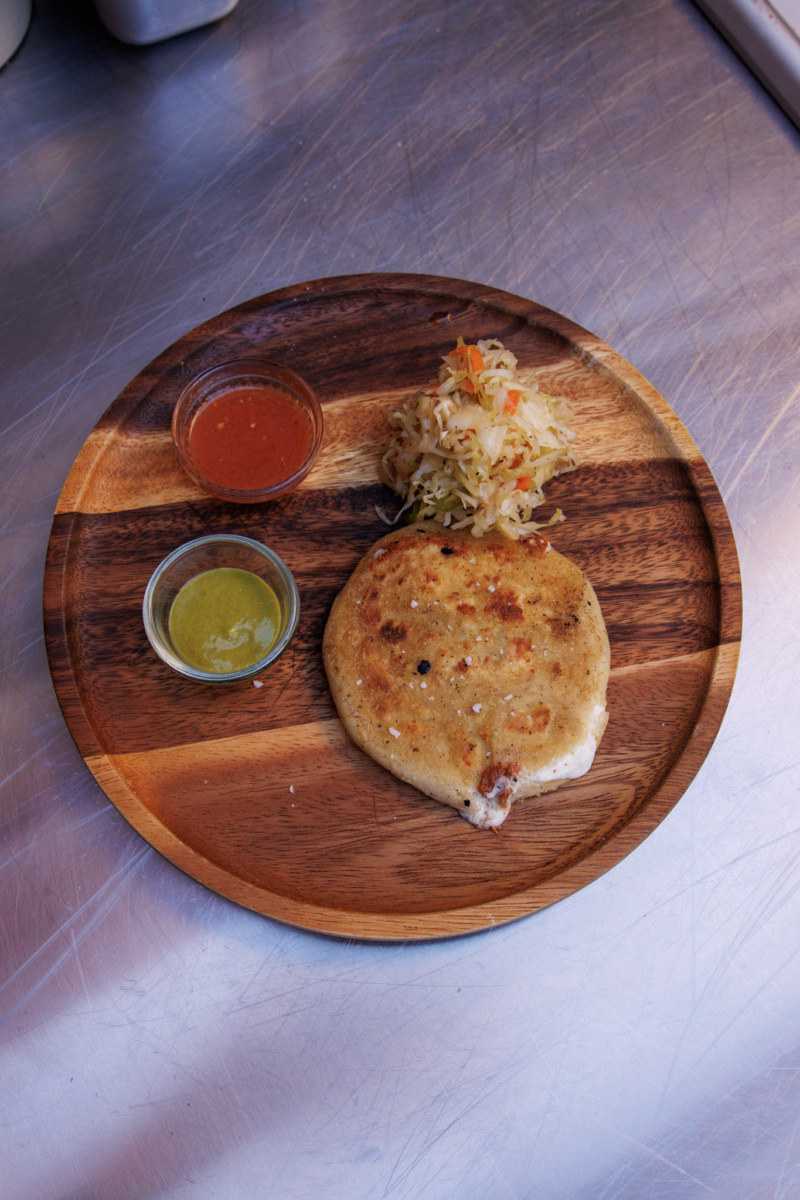

Pupusas
You can find delicious pupusas all over The Bay at wonderful spots like Balompie or any one of the street vendors on Mission Street, but Salguero is doing something else with his versions. He’s sourcing quality colorful corn from Oaxaca and nixtamalizing and grinding it into masa in-house. He gets heirloom varieties, which make beautiful hued pupusas — red, blue, yellow and pale white colored discs of goodness, which he then stuffs with a variety of whatever is in season, then grilled over a wood-fired plancha.
Currently, he’s doing pupusas stuffed with colorful purple sweet potato along with a mix of Oaxacan and Monterey cheeses “It’s the closest thing to quesillo — a Salvadoran cheese — that I can recreate,” says Salguero. “When you blend it together it’s a perfect texture — it’s stretchy and delicious.”
He also does a bean-and-cheese that’s a staple, and he just put on a pig trotter version with slow-roasted pigs’ feat that become gelatinous and fatty.” Each pupusa comes with curtido, or “Salvadoran sauerkraut” as Salguero gently jokes, along with a tomato-y red salsa and a creamier green version.
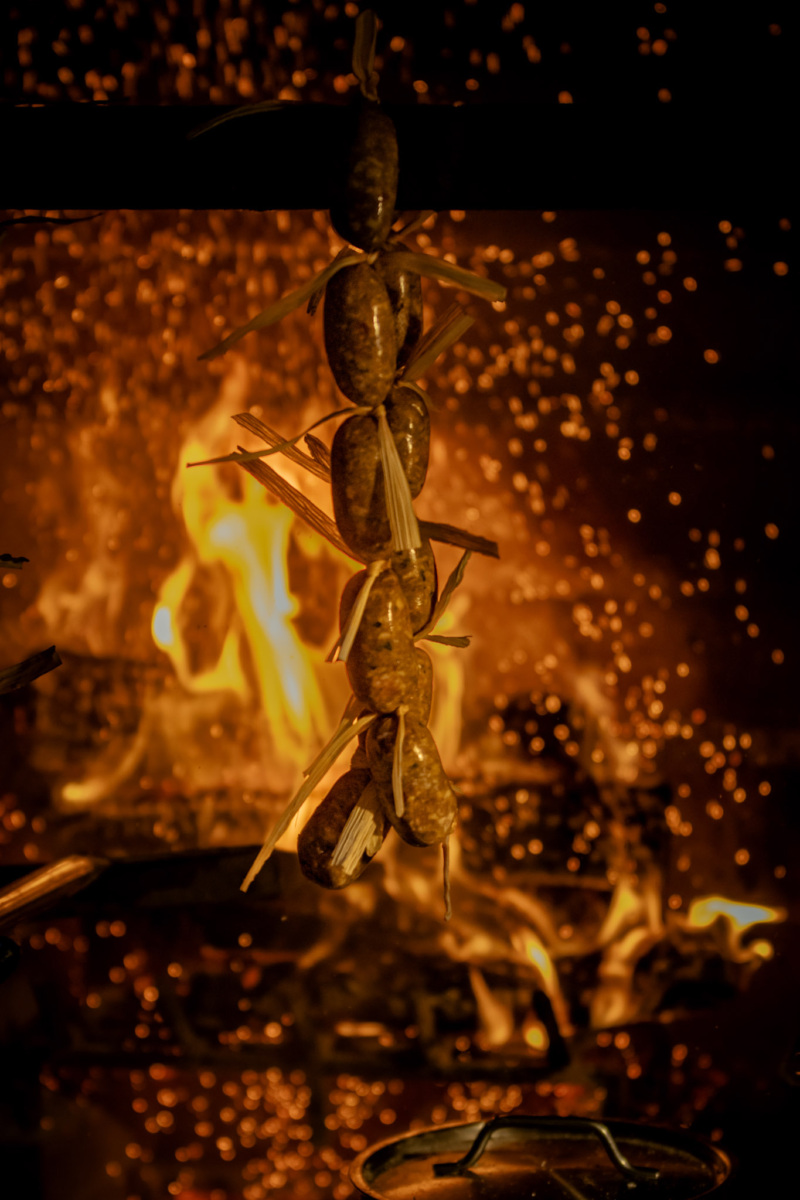

Chorizo
Salguero makes “spicyish” sausage in house using a mix of ground beef brisket and chuck along with pork shoulder. He adds a mixture of different spices like cumin, coriander, and annatto seeds as well as cilantro, parsley, onions, and peppers before stuffing them into a casing, tying, and tying them together with corn husks. He then hangs them out to try for a couple days, and then during service, hangs them over the hearth to slowly cook and infuse some of the smokey flavor coming off of the burning almond wood below. When an order comes in, they’ll griddle the little sausages to crisp up on the outside.
Each order comes with three links, as well as a Salvadoran tortilla, which is thicker but soft on the inside. It’s also served with lime as well as a housemade “salsa Inglesa” which Salguero describes as his version of Worcestershire sauce — it has over 30 ingredients. Rub the tortilla in the sausage fat, stick a piece of the plump meat inside, squeeze some lime, and taste the sublime.
Pollo Campero
Salguero has a fried chicken dish on his menu called Pollo Campero, a nod to the fried chicken chain: “It started in Guatemala, and blew up in El Salvador,” says Salguero. “When I go to El Salvador, it’s a fun treat, it’s nostalgic. It’s a big part of Salvadoran culture.”
Salguero brines his chicken overnight, dunks it in a wet better, and double-fries to ensure it’s doubly crispy. When it comes out the second time, it’s tossed in panela syrup and tossed in chicken powder “I think about it as Salvadoran MSG — we use it in broths and sauces — it’s a thing. It’s got a lot of flavor,” says Salguero.
There are three pieces to an order, which are whole wings that include the drummette and flat; It’s served with a housemade vinegary hot sauce if you’d like to kick things up a notch.
I grew up here. I’m not traditional … I try and make the food as close to who I am as possible.— Anthony Salguero
Pollo en Chicha
In El Salvador, chicha is a fermented drink commonly made from corn or fruit; Salguero uses pineapple to make his: “Once it starts to come to life and lacto-ferment, we strain it out and use it in cocktails,” says Salguero.
It also becomes the base of his glossy thick rich sauce that he uses for Pollo en Chicha, which he adds to a stock of roasted chicken bones and vegetables along with some Salvadoran spices. “It’s got this sweet and sour thing going on,” says Salguero.
For the dish, he takes a half chicken, brines it, and then roasts it over the wood-fired hearth so that it becomes charred and blackened. It’s then put into the sauce to finish cooking, then gets plated up along with some blackened radishes and some dates for sweetness. A side order of rice is recommended to sop up the sauce.
Bonus Tip: Get the Estilo Popoca
If you’re coming with a friend or two, it’d be wise to go with the Estilo Popoca, in where you’ll get a bit of everything, all portioned and paced out. “It’s the closest thing to a tasting menu. We serve it family style —that’s how we would eat it,” says Salguero.
To start, you’ll get a seasonally changing salad — right now it’s beets and plums, which will be replaced with apples soon as we dip deeper into fall. You also get a ceviche, a pupusa per person, then a main like the pollo en chicha above or a fish dish. The main will be accompanied with rice, beans, escabeche, and crema. Finish on a sweet note with a quesadilla con chocolate. Trust us.
Omar Mamoon is a San Francisco-based writer & cookie dough professional. Find him at @ommmar


